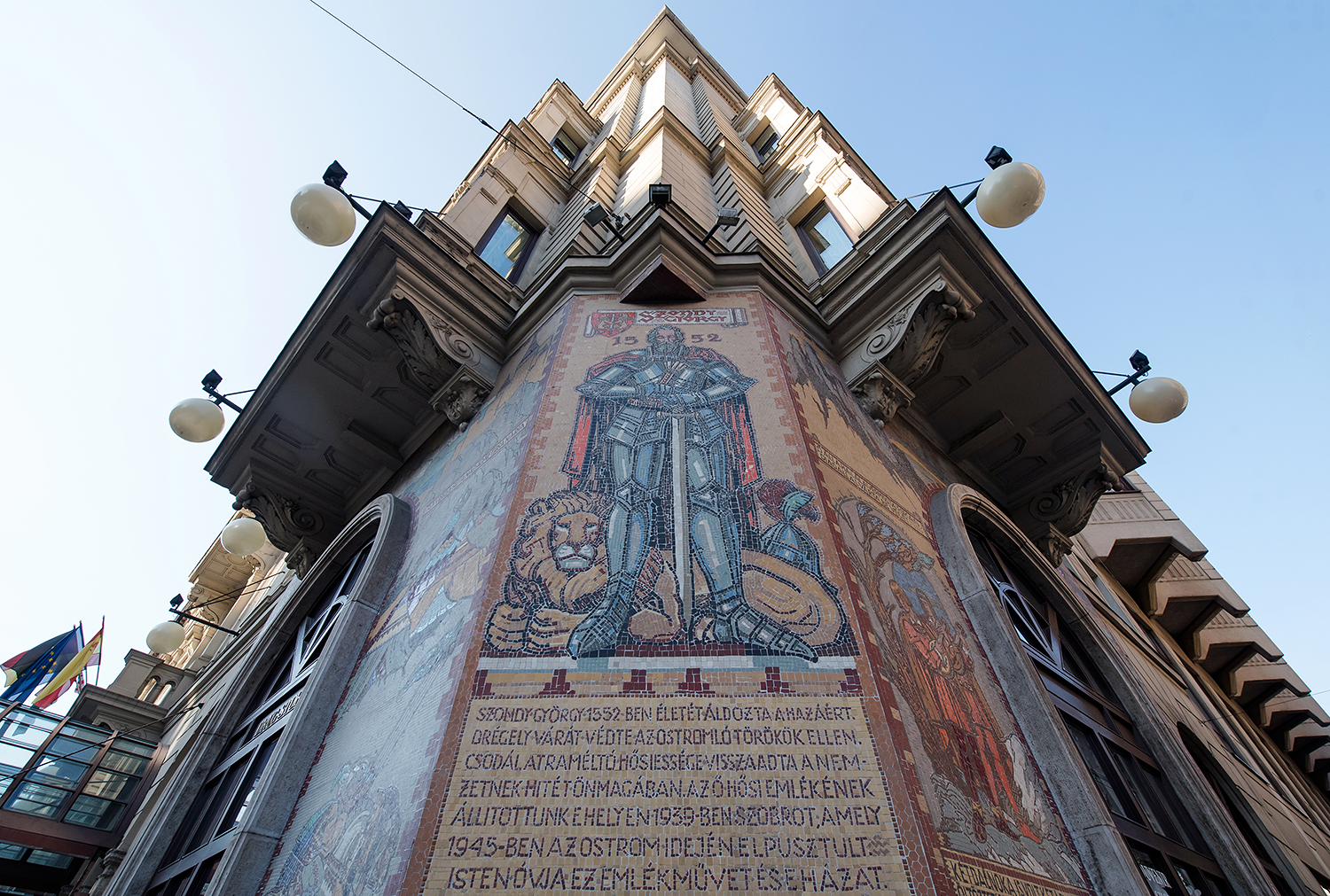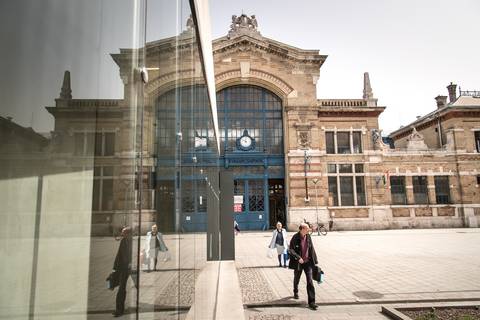Henrik Fábri opened his hotel in a turn-of-the-century apartment building close to Nyugati Railway Station in 1913. The hotel was named Britannia - presumably with some thought of the nearby London Hotel - and was rechristened to Béke ("peace" in English) after WWII. The building was noted for its historical paintings, stained glass windows and event its underground parking. Under its giant dome and opening roof the cream of Pest's nightlife mingled at balls. As part of the Budapest100, which celebrates some of Budapest's 100-year-old buildings, we take a look at this historic building.
The one-time Westend House, housing a hotel of doubtful reputation, was not the only place to stay near Nyugati Square. There was also the London Hotel, later joined by the Britannia Hotel. To add to the geographical confusion, the Square was called Berlin Square back then!
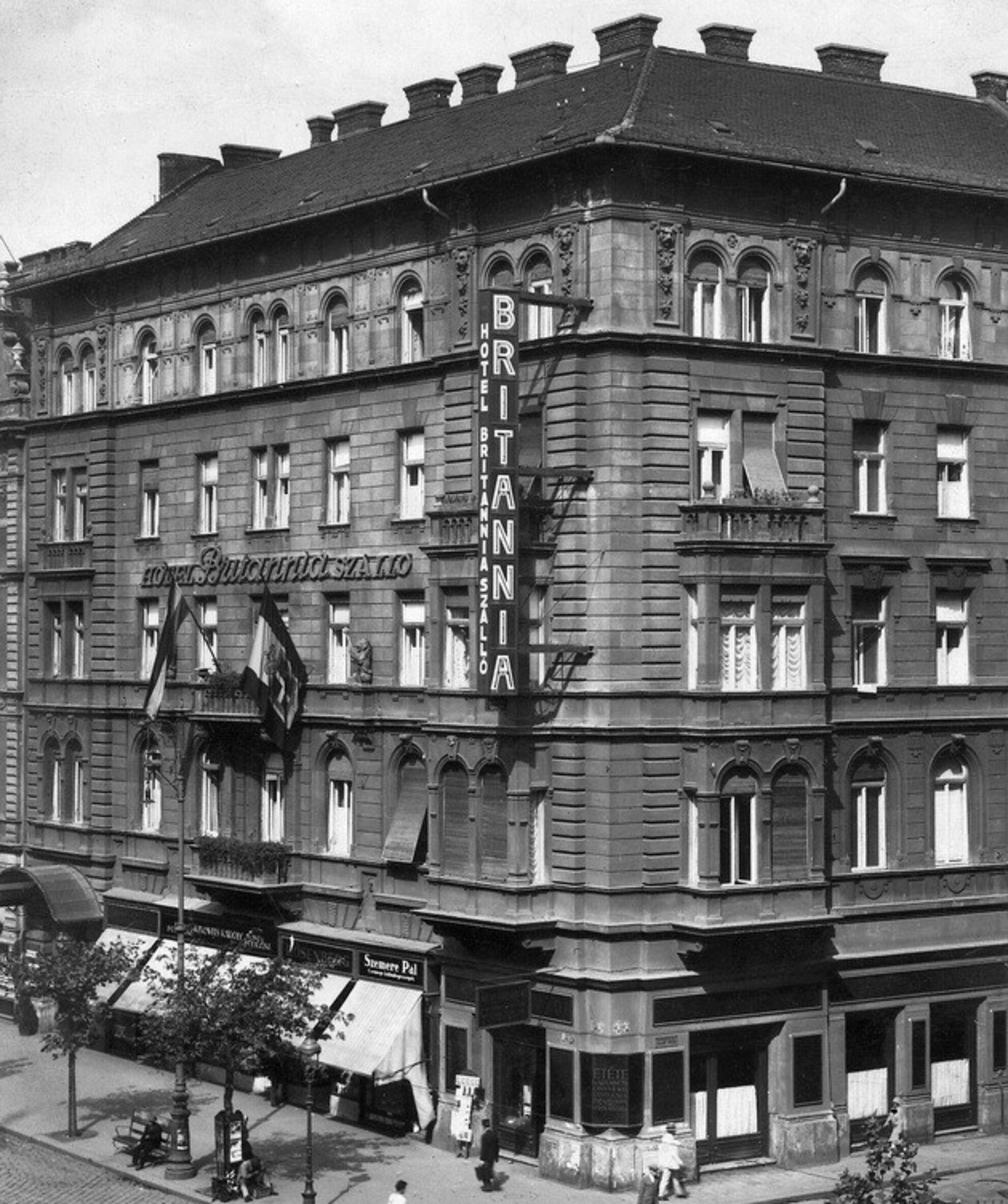
Henrik Fábri was a well-travelled man and - as opposed to his competitors - he equipped his first class hotel with all the comforts available at the time. The four storey, turn-of-the-century building had central heating, hotel laundry and a central vacuum cleaner. The hotel's bathrooms and hot water provisions also counted as curiosities back then.
The room service signals above the doors that informed staff about the wishes of the guests were also unusual at the time.
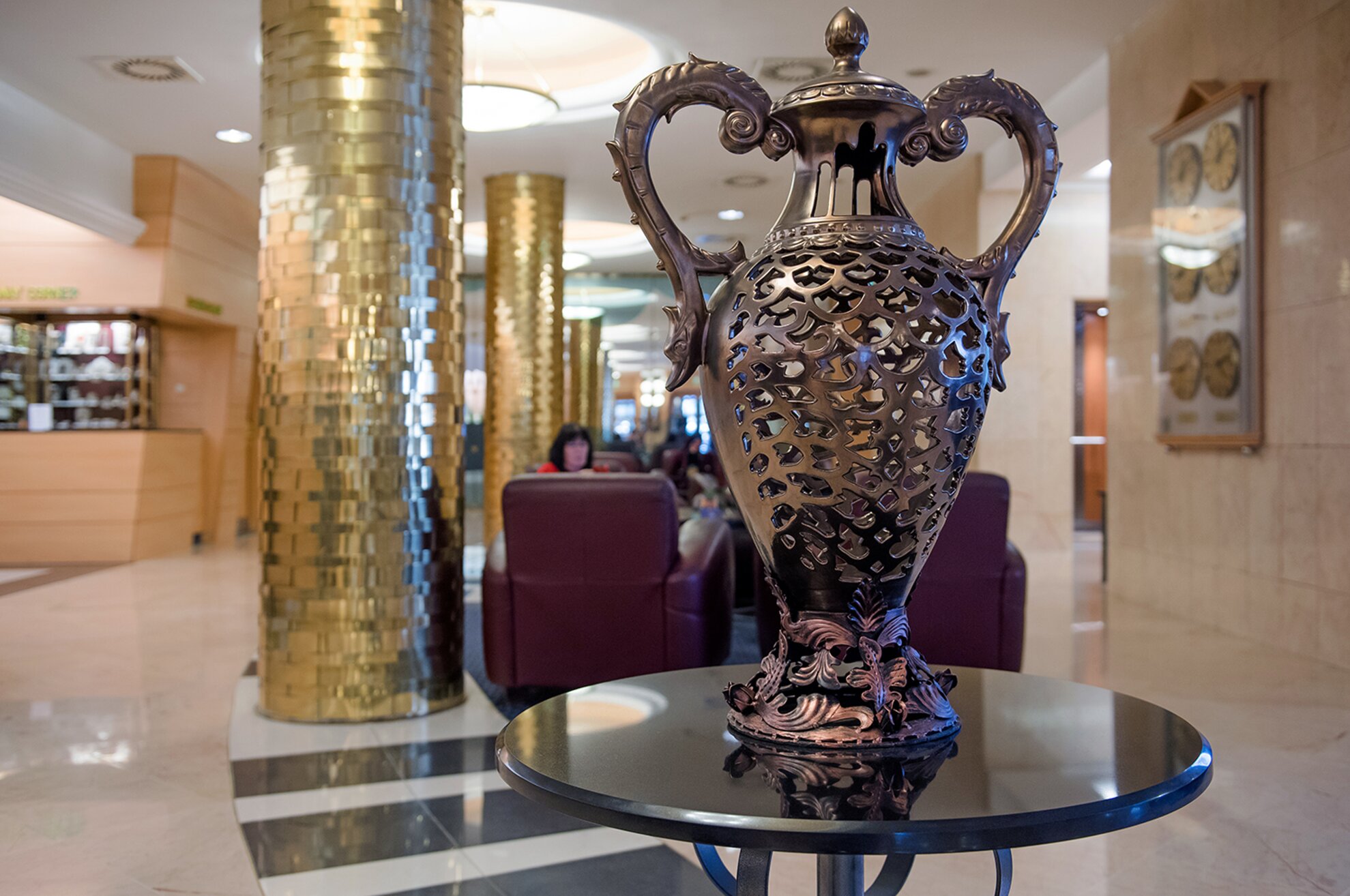
It's small wonder that the centrally located hotel soon became a fashionable destination. The design and ornamentation only added to its popularity.
Persian rugs decorated the floors of the rooms, bronze chandeliers hung in the halls and Venetian mirrors decorated the restaurant walls.
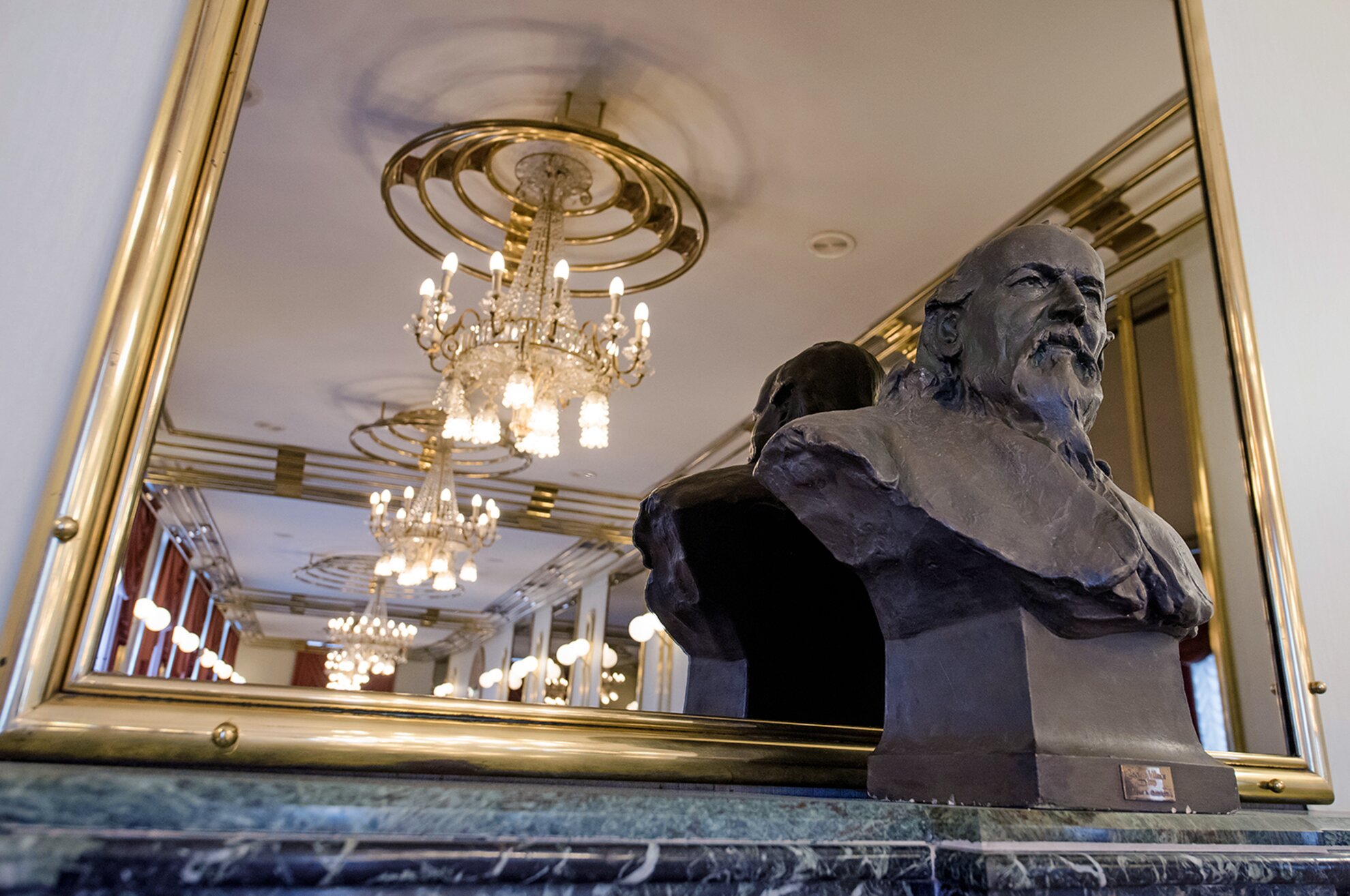
After several changes of ownership, the hotel was bought by two Brits, and the management was handed over to the managers of Debrecen's famous hotel, Aranybika. Aladár Németh and his wife brought about the "golden age" of Britannia. After installing phones in the rooms, the number of guests from the countryside increased; and in addition to the luxury restaurant, the hotel also housed the Szondi Pub in a basement decorated with clinker bricks, stained glass windows and historical paintings. This was followed by the Nótás Restaurant and, finally, a famous coffee house of the Boulevard.
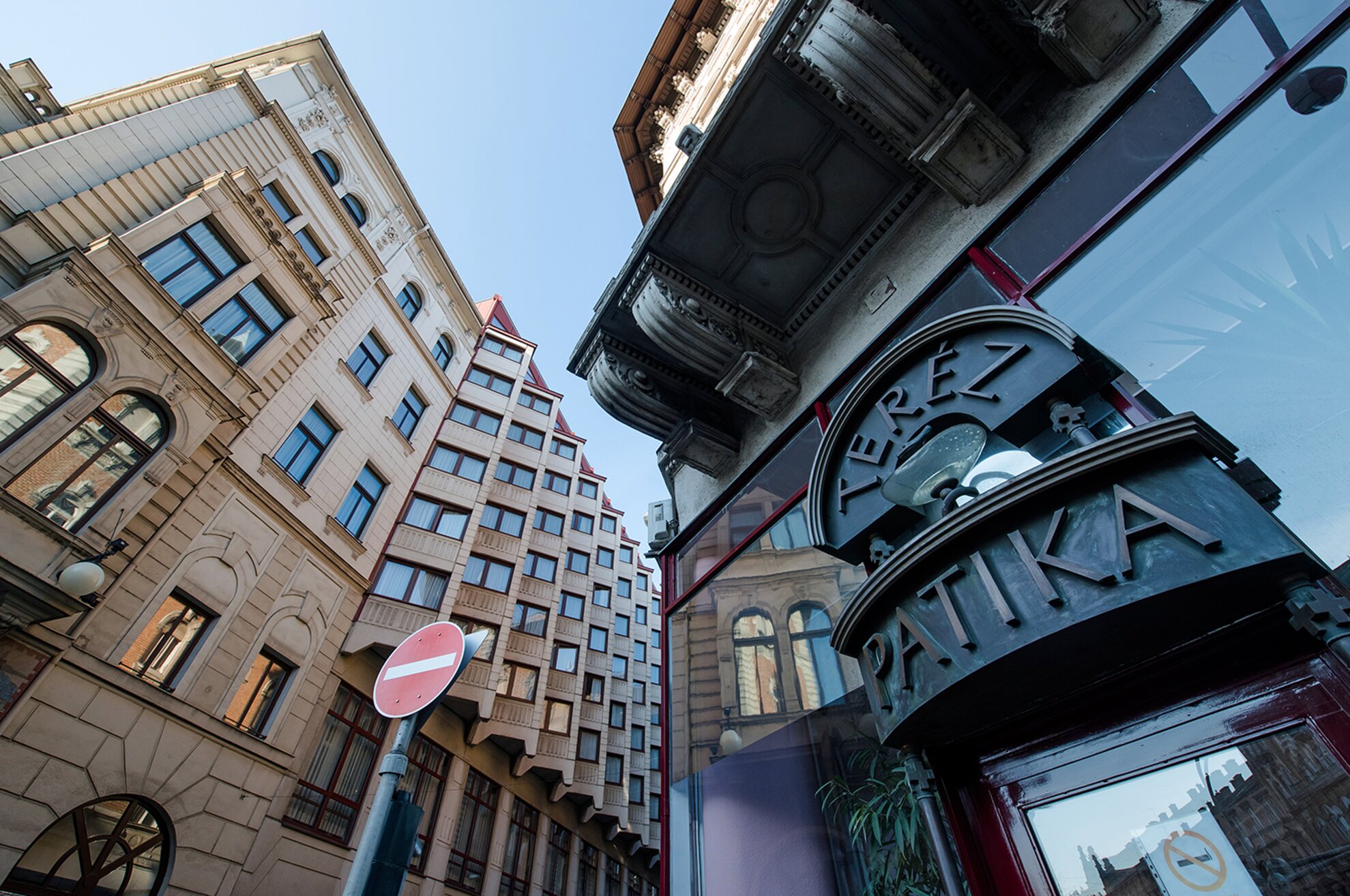
The building became a centre of Pest's social life. Novelist Ferenc Móra, who was a returning guest, viewed the place as a home away from home.Although only a fraction of the period's ornaments have survived, these pieces that were by a teacher of the College of Applied Arts, Jenő Haranghy, are still defining. Some of the old glass panels are exhibited in front of the elevators, and the event rooms are also decorated with his paintings. The painter also appears in one of the scenes in the Velence Hall.The best known part of the hotel is the Dome Hall, which opened in 1937. Its hemispherical ceiling opened at the push of the button, transforming it into an open-air venue. The tulip motifs of the grating have luckily been preserved.

Thanks to the basement built underneath the adjacent lot in Szondi Street, the first hotel underground parking opened here with a capacity of 30 cars.
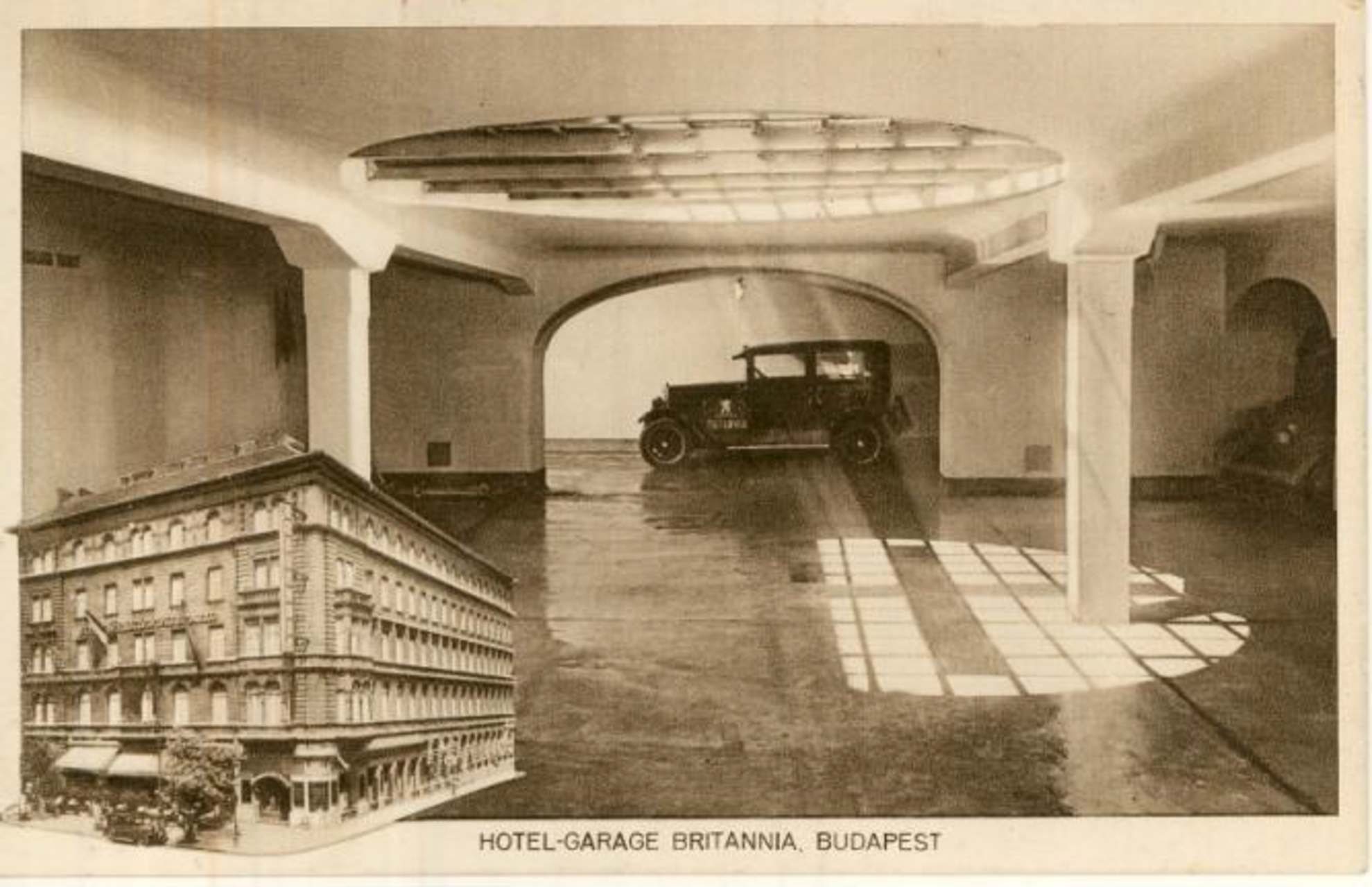
The garage was lit through the glass floor of the Dome Hall.

The Hall was decorated with marble fireplaces and Shakespeare illustrations on wood by the afore-mentioned Haranghy.
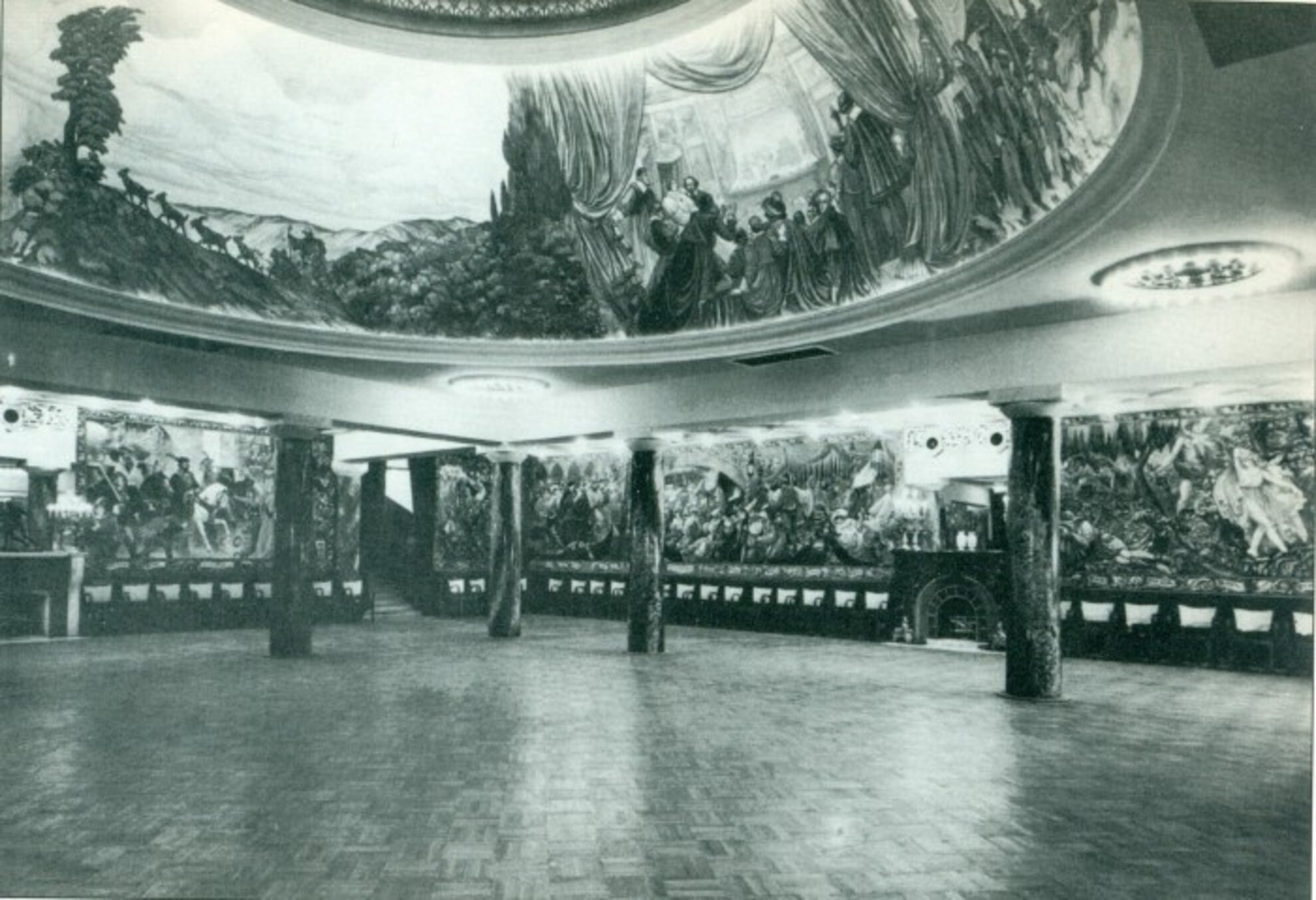
The hotel was renamed Béke ("peace") after WWII, although it housed soldiers of the Red Army for months, and their successors enjoyed the hospitality of Hungary for 40 years thereafter, under the sign of peace and love Soviet power.The period wall paintings and stained glass windows, the former café decorated with Zsolnay pieces, the now enclosed but preserved glass dome and the mid-80s design form a unique mixture of styles. You can see it all for yourself in the frame of this year's Budapest100.
